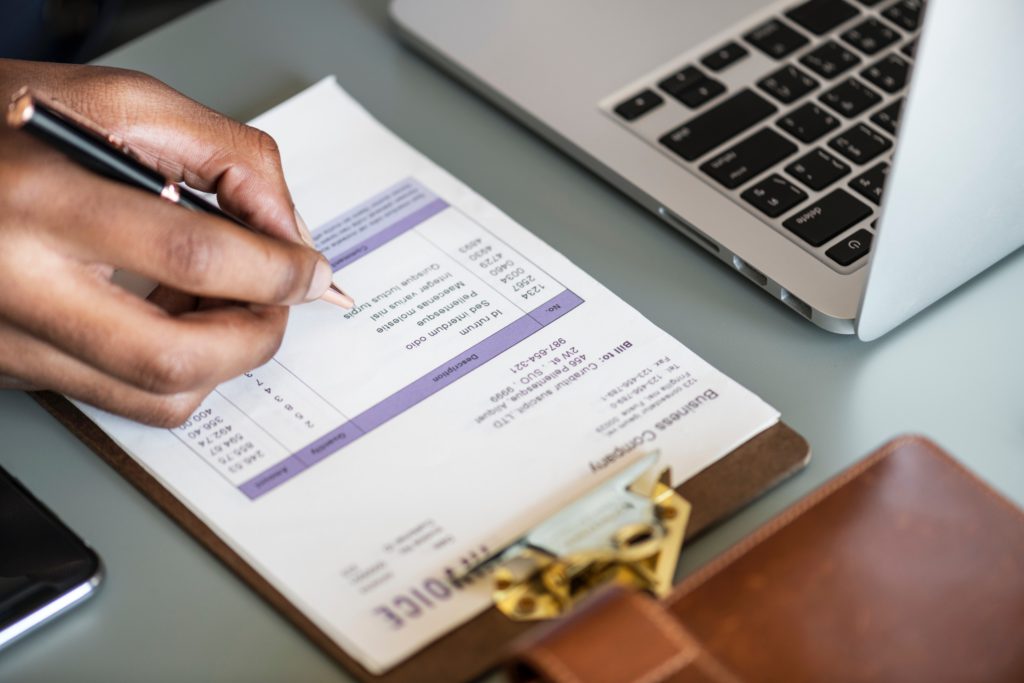
For most people, a job is their main (and probably only) source of income. At first, this may not seem like a problem as most jobs are with employers that are relatively stable. In days long past, it was common for people to remain with one employer throughout their entire life. While still possible, this is very unlikely today.
The reasons for this shift are many and varied. It would take too long to describe in detail the trends that led to this change, but suffice to say that due to these trends, it is more likely than an individual will have several jobs (and several careers) over the course of their life.
Regardless, being an employee has one major weakness: Dependency. The employee is dependent on that employer for income and therefore financial survival. If, for any reason, the employer decides to release the employee, there’s little the employee can do.
And, as most employees live from “paycheck-to-paycheck”, for whatever reason, even a small bout of employment can have devastating results. It can take an individual years to recover from something that lasted for only a few weeks.
As a result, it is important to realize, especially for the sake of survival, that there are other additional forms of income, other than a job, that can provide for you and your family. Each comes with it’s own strengths and weaknesses, but all should be considered as a potential safeguard against losing the primary income source.
According to Robert Kiyosaki’s book “Rich Dad Poor Dad“, there are Four (4) primary sources of income:
- Employment (E)
- Self-Employment (S)
- Owning a Business (B)
- Owning Investments (I)
I highly suggest you pick up a copy so you can understand what the “Rich” teach their children vs. what the “Middle Class” and “Poor” teach theirs.
In a nutshell, here are brief descriptions of what each income source is and the generally associated strengths and weaknesses:
Employment (E)
- Works for an employer. Receives income via paycheck or performance bonuses
- Benefits: Income is provided on a consistent cycle (e.g. weekly, bi-weekly, monthly, etc.)
- Drawbacks: Dependent on employer’s stability. Economic conditions, poor leadership or government instability can cause job loss.
Self-Employment (S)
- Works for one’s self. You are your own boss, responsible for all business aspects
- Benefits: No boss to report to. Business decisions are made by the individual and all income generally goes to that individual
- Drawbacks: An enormous drain on time and resources. Generally leaves little room for other activities and all business consequences (good or bad) rest on the self-employed’s shoulders.
Owning A Business (B)
- Owns a system for producing income. This is usually a business model either invented by an individual or shared by the individual with others in order to generate additional income
- Benefits: Scales very easily. More income can be generated depending on how well the model works and how many industries to which it can be applied
- Drawbacks: Can be time consuming. Some business models are experimental and are not proven to generate income. If model fails, a significant loss of personal capital can result.
Owning Investments (I)
- Owns securities (usually stocks or bonds) that represent some level of ownership in another business. The security increases in value as the company becomes more profitable
- Benefits: Extremely easy to own; consumes comparatively small amounts of time relative to the other sources. Can provide significant income depending on the security type and the company’s condition
- Drawbacks: Company stability – careful review and consideration should be given before purchasing securities in any company. If the company becomes unstable or illiquid, a significant loss of invested capital can result.
Any or all of the above sources can be engaged to generate a consistent form of income. Personally, I have implemented all four, in one form or another.
The challenge was finding the right balance of income vs. personal freedom. For example, I found being self-employed to be far too time consuming as I wanted to do other things in life. However, owning investments was much easier on my time, but the amount of steadily generated income was too small to meet my needs without a significant initial outlay of personal funds.
So, as with every other aspect of preparation, the key is finding out what balance helps meet the needs of you and your family. You may decide to hold down a job while you get your business off the ground. Or you may choose to invest in profitable companies while being self-employed.
Regardless, the time to plan is *now* because there’s no knowing when a natural catastrophe, social instability or government failure may risk your family’s safety.